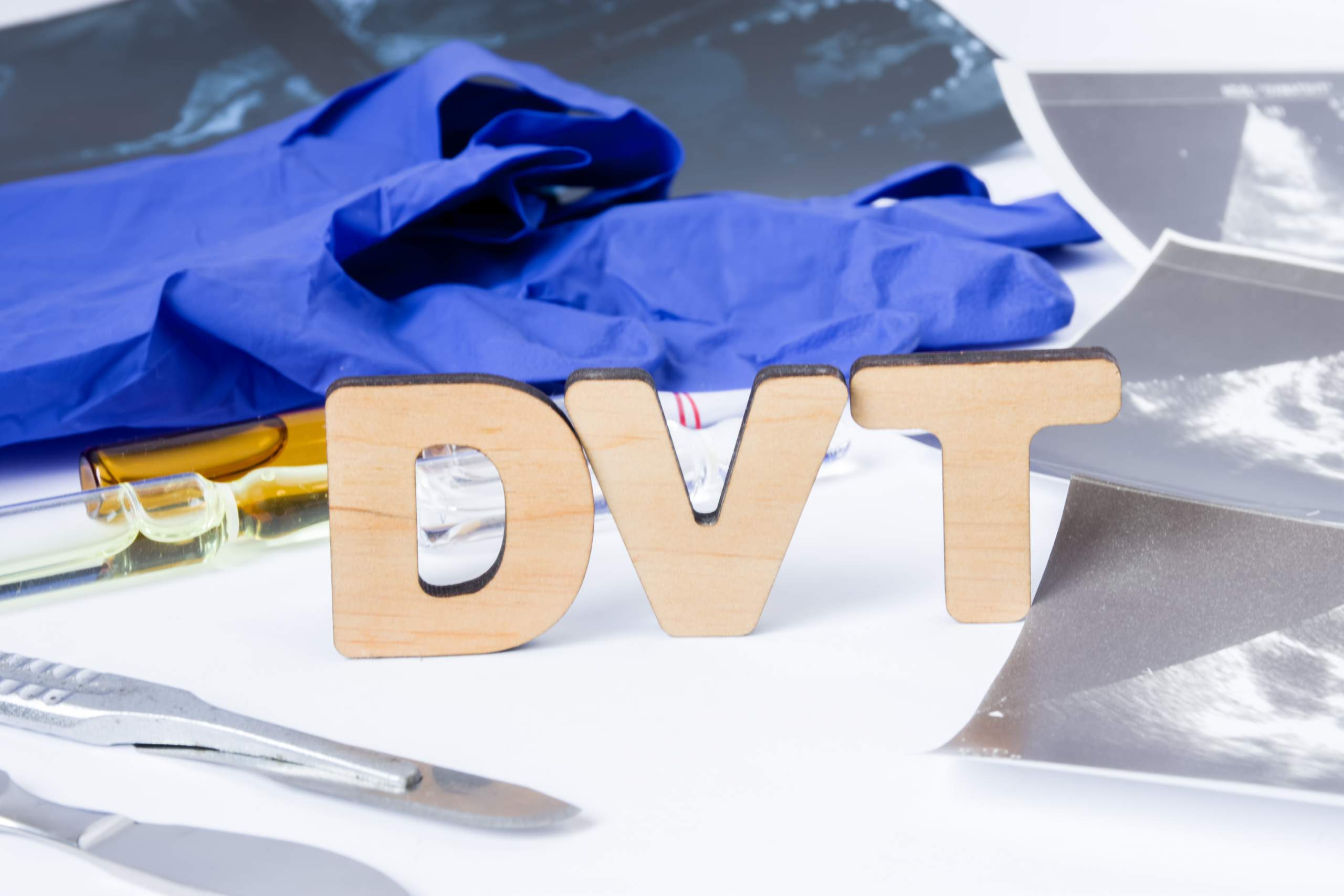Sometimes, the most frightening and worrisome conditions can strike without any sign. Deep vein thrombosis (DVT) is one of those conditions. Fortunately, you can learn everything you need to know about DVT with an online search.
Deep vein thrombosis (DVT) is a medical condition that’s surprisingly common. When DVT happens, it can lead to serious, perhaps even deadly, problems and complications, which is why it’s so important to know the warning signs.
What is Deep Vein Thrombosis?
There are 300,000 new cases of DVT each year in America. Deep vein thrombosis is essentially a blood clot. When a blood clot forms in one of the body’s deep veins, it’s considered DVT. These blood clots typically form in the legs, but they can form anywhere in the body. One or more can form at a time.
The danger of DVT is the blood clot’s potential to move throughout the body. Should a DVT blood clot break free within the veins, it can move through the bloodstream and potentially become lodged somewhere, which could block blood flow to important organs.
Are You At Risk for DVT?
The best way to assess your risk for developing DVT is to see if you have any of the risk factors associated with the condition. Certain factors, some of which can be changed and some that may be avoidable, can make you more likely to develop a DVT blood clot.
The following can all increase your odds of DVT:
- Being age 40 or older
- Sitting for long periods of time
- Being on bed rest
- Pregnancy
- Obesity
- Vein injuries or trauma
- A history of smoking
- Taking birth control pills or hormone replacement therapy
Additionally, certain health conditions can also increase your risk for deep vein thrombosis. If you have certain types of cancer, inherited blood disorders, irritable bowel disease, and heart disease, you may have an increased risk. You can learn more about these comorbidities with some additional research online.
How to Tell If DVT is Happening to You
Once you’re aware of the risk factors associated with DVT, you’ll be better prepared to prevent the condition. However, there is something that makes DVT a bit tricky to watch out for.
DVT can occur without giving any noticeable symptoms in some individuals. There may not be any pain, discomfort, or unusual changes to your health. This can make it difficult to detect on your own.
Sometimes, though, you may detect some changes in your legs. If DVT is happening in your legs, you may experience swelling in the leg where the blood clot has formed. You might also feel cramping or soreness in your calf. Your skin may feel warm to the touch.
If you’re worried about symptoms like these, you should contact your doctor.
Treating DVT
Once your doctor has confirmed that you’re experiencing DVT, they’ll determine which treatment option will be best for your situation. The goal of any deep vein thrombosis treatment is to prevent the blood clot from growing bigger or breaking off. Doctors will treat DVT with the following options:
- Medications, such as blood thinners that reduce the body’s ability to form blood clots
- An inferior vena cava (IFC) filter, which can catch blood clots before they reach the lungs
- Compression stockings, which are socks that prevent blood pooling and help circulation
DVT Can Be Dangerous
While deep vein thrombosis might seem simple at its surface – after all, it’s a single blood clot that forms – it can be quite serious. DVT can be treated when it happens, but if left alone, it can also be deadly.
That’s why it’s so important to understand the dangers that come with DVT. If you have it, you could experience one of the two common complications. A pulmonary embolism occurs when a blood clot travels from elsewhere in the body and blocks blood flow to the lungs, which can result in death if not caught in time. Postphlebitic syndrome can also occur after DVT happens. The blood clot can damage your deep vein(s), which results in reduced blood flow. That newly limited blood flow can cause issues like skin discoloration, pain, and persistent swelling.
Fortunately, if you’re aware of DVT and its causes and risk factors, you may be able to lower your risk. Preventative measures like moving regularly, practicing blood flow exercises, exercising, and making certain lifestyle changes can help.
Start a Search
If you’re worried about deep vein thrombosis, talk with your doctor about your risk. Spend some time researching this donation online more to fully understand what potential warning signs to look for and what preventative measures you can make.
